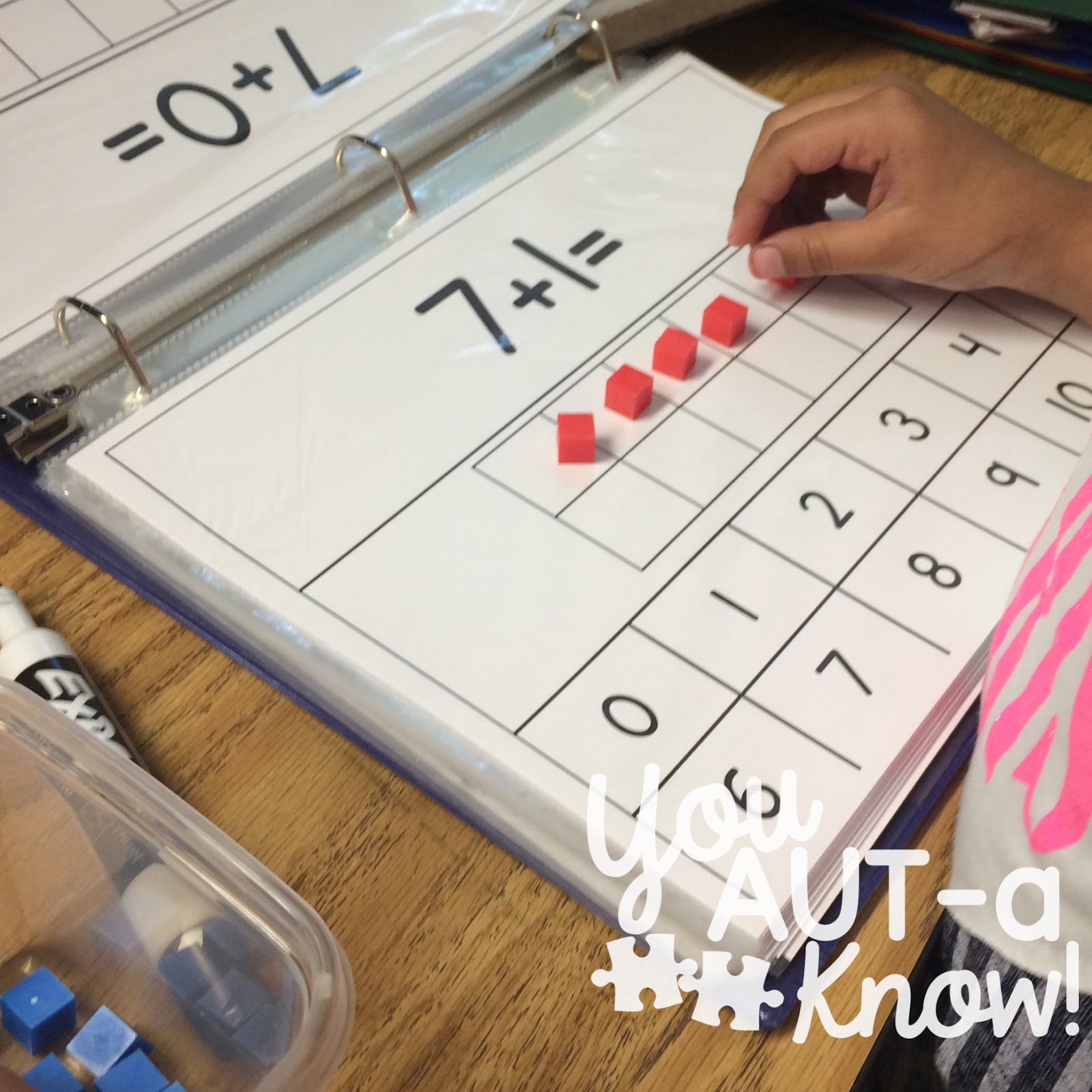This year I have been part of our Math PD team and it has really made in impact in my classroom. While my students are still working on many basic skills, I’ve been able to get some great insight into where we should be going and let me tell you, they’re flying! Check out these four simple tips I have used this year to get my students moving with their math skills!
I know, this isn’t rocket science here, but using manipulatives and making learning as visual as possible for our students is really the key to getting them to understand new skills. In math, manipulatives should be your best friend. Yes, it can be tricky to teach students how to use them appropriately but once you do students really start to build their understanding and I swear it’s magical!
Subitizing has quickly become a regular routine in our classroom and it has helped my students learn to quickly recognize groups of numbers. Their fluency with subitizing has made it so much easier to teach later skills (such as addition, subtraction, and problem solving) because they’re able to recognize and build numbers so quickly!
Now when I first saw a video of subitizing and watched typical Kindergarten students share responses aloud and talk about the way they visualized the images I immediately thought it was not going to be possible in my classroom. But I took some time to think about it and I made this highly expressive task into a receptive task in my classroom. I purchased a magnetic 10-frame board and placed some 10-frames into wipe off page protectors for my students. I would build a number on my 10-frame board and I would watch as the students drew their response on their wipe off board. I could quickly see how they visualized the counters I placed on the board based on how they draw their responses on the 10-frame. I would then go around and have students share the number they saw aloud.
Like most skills I teach, I love to teach math skills through prompting. I start with the most intrusive prompts (full physical) and fade back until students can be independent. This creates an errorless structure for my students to learn in. They feel successful and they are quickly working towards independence. It’s a win/win in my book!
As with most of the skills we teach students, we’ve gotta use it or lose it! The more practice my students get, the better. I typically will continue teaching through prompting until we are independent for a week. After that week, I typically generalize math skills learned into our Math Small Group time. Then I will often move work to student’s independent work time and I this is where I can really see their speed and accuracy increasing. We love practicing math skills in our classroom! These flipbooks are some of our favorite hands on tasks in our classroom.














Can I get that practice book anywhere? What a great idea!!
Can I get that practice book anywhere? What a great idea!!
I'm not positive which one you're talking about what I have my addition teaching kit here: https://www.teacherspayteachers.com/Product/Addition-Mega-Pack-for-Special-Education-1658921?aref=5vec6g8w
And practice flip books are here: https://www.teacherspayteachers.com/Product/Addition-Flipbooks-for-Addition-Facts-within-10-2385705
Where did you get your flip books bound?
Lindsay,
I purchased a binding machine last year on prime day. It is very similar to this one (with a few extra gadgets) >> http://amzn.to/28KpiWn
It was a bit of an investment but I love my binding machine! Binder rings also work well for binding the flip books.
*affiliate link included*
Where can I find the pages with the math problem and the ten-frame in the first picture you show? It is fabulous!!! Thank you.
Hi Jeanell,
That is part of my Addition Mega Pack. You can find it here: https://www.teacherspayteachers.com/Product/Addition-Mega-Pack-for-Special-Education-1658921
Thanks for stopping by and reading my tips!